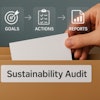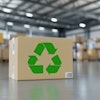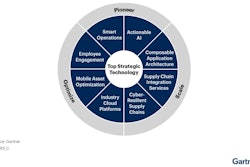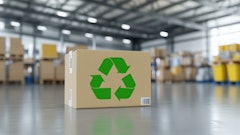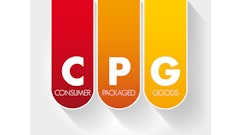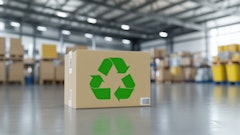
There’s a proverb that states: "If you want to go fast, go alone. If you want to go far, go together."
When it comes to tackling waste, like the 92 million tons of packaging waste in Europe every year, there’s a far road ahead indeed. Making this journey will require truly continuous collaboration and learning.
Consider the top reasons people give for not making sustainable lifestyle changes— "too expensive", "not interested", "not enough information", "too complicated", "not available", "too inconvenient", "too time-consuming" and "not good quality".
Brands offering sustainable alternatives need to consider these barriers and their environmental credentials to achieve their true potential for impact. Adoption of sustainable lifestyles is on the rise, but according to a Deloitte report, consumers need more help.
Now, how many of the above can be addressed through design? Answer: all of them. Here’s the role packaging plays in protecting, preserving and presenting goods.
Are we there yet?
The failure to achieve a UK-wide reform of waste and recycling services is a good example to talk through. Back in 2018, Defra secretary Michael Gove shepherded a 'Resources and Waste Strategy' to reform waste collection and recycling services in England.
Firstly, the consistent collection would mean that all councils recycle the same materials in the same way – glass, paper and card, metal, green waste and food waste. Secondly, under Extended Producer Responsibility (EPR), the packaging producers would pay for its collection and treatment by councils rather than council taxes and government grants – a sum estimated to be £2.7 billion.
Lower fees are payable for packaging that uses materials economically and is easy to recycle. Thus, EPR incentivizes brand holders to wrap up their often extravagantly packaged goodies with fewer materials and more recycled content. The third main element is a deposit return scheme. It would mean that consumers will be paid back a deposit, estimated at 20p, for each glass or plastic bottle or drink can they return. Revenue raised helps to pay for further collection and recycling infrastructure.
The 'Resources and Waste Strategy' slipped with each in the four years. Factors such as COVID-19, the fallout from Brexit, the war in Ukraine, the Liz Truss fiasco, the energy crunch and the cost-of-living crisis all play a role in its demise. Essential consultations have been missed and deadlines have slipped. Last year a national scheme administrator was supposed to be in place. It didn't happen. Long-delayed EPR will begin nationally in 2024 and deposit return systems (DRS) the following year for England, Wales and Northern Ireland.
Inevitably, there are suspicions the full strategy might never happen and there may be some good reason part of the strategy needs to be reconsidered, in particular DRS, however it’s important to realize the main aims of the strategy to improve the nation’s sustainability.
Data: a problem-solving prerequisite
The waste and resources sector is evolving fast, and the pace of change can sometimes seem daunting. The industry is going through considerable change, fueled by a desire to move toward a more circular economy and better manage resources.
The types of waste needed to process are shifting, as is the technology available to which to do it. Legislation is already in place in the form of landfill tax and new legislation covers the plastic packaging tax and bans on disposable plastic, with more on the way in the form of DRS and EPR.
Data collection and reporting are complex and intensive, and companies often become overwhelmed. Without help, they will not respond appropriately. The way businesses currently gather packaging data is similarly confused. Some take a product off the shelf, empty the contents and record the weight of each piece to make a guess at the material.
The same could be said for their way of reporting. The majority still rely heavily on reams of information in multiple databases and platforms, fragmented across the company. Parallels could be drawn between a granular data standard and providing users with an accurate and holistic picture of their packaging. It enables businesses to target problematic materials and more easily understand the carbon footprint or environmental impact of their packaging.
It's important to spend time, with input from stakeholders, defining exactly what change we want to see – ensuring everyone understands all the potential connections and links involved. This helps ensure we're monitoring the right things, so we won't attribute changes to the wrong actions or miss something.
We must do better because consumers demand it. Today's savvy consumers are demanding more than promised. This is particularly pertinent given the need to tool up ahead of the enhanced “greenwashing” vigilance with a new Green Claims Directive proposal across Europe.
With all of this in mind, remember, “what we hope to do with ease, we must learn first to do with diligence.”


